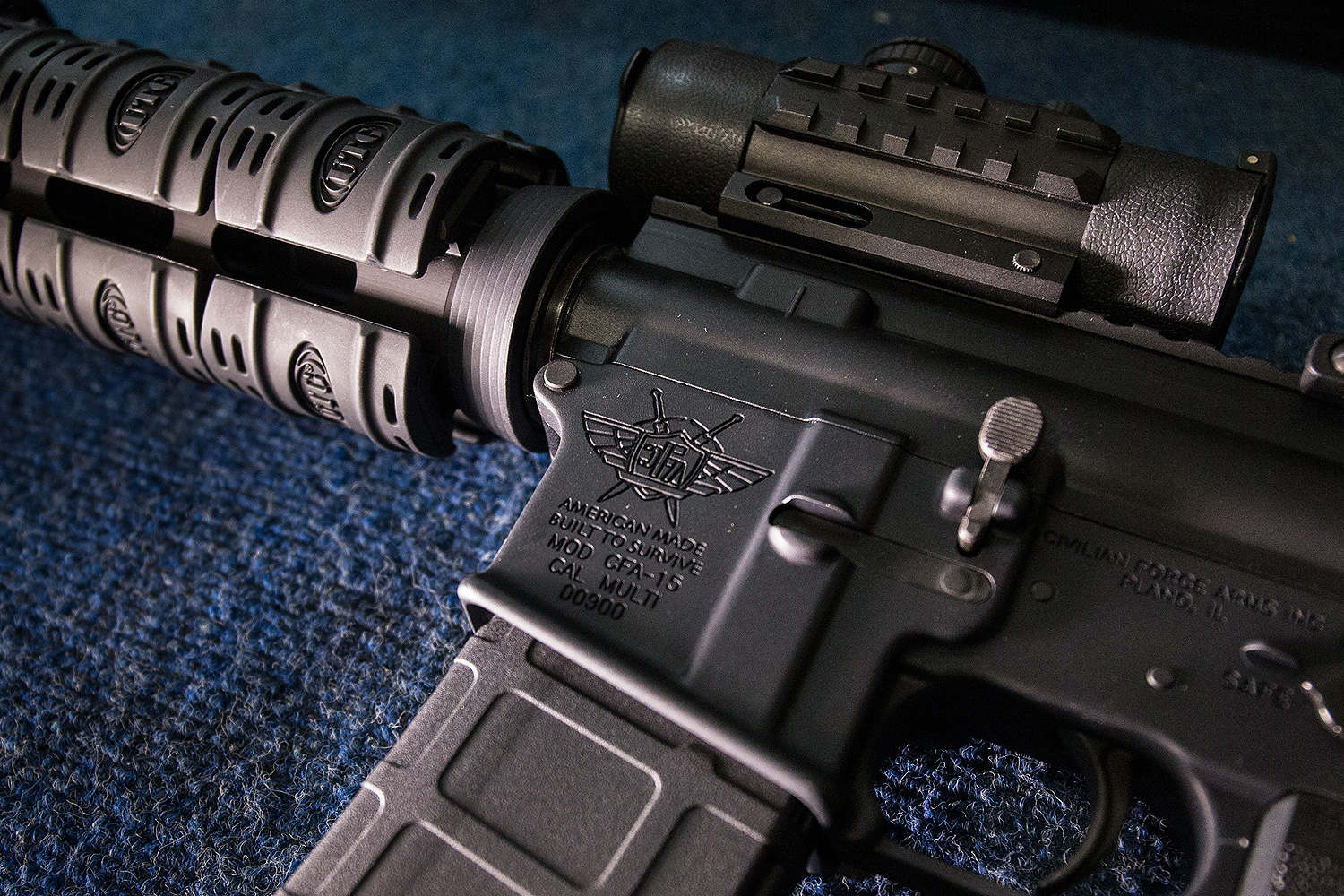Last week, in the wake of the Orlando tragedy, the Tribune editorial board made a good point about the potential for gun control in response to it:
If you're looking to apply that legal guidance [that the 2nd Amendment is not absolute] to the reduction of killings, especially the horror of mass shootings, one place to look is Highland Park. That's where a recent ban on assault weapons has survived judicial scrutiny. While the Supreme Court knocked out Chicago's prohibition on handguns in 2010, it declined last year to consider a challenge to Highland Park's ban on assault weapons and large-capacity magazines, passed in 2013. We don't know the high court's thinking because it took a pass, but the lower court, Chicago's 7th U.S. Circuit Court of Appeals, said assault weapons were dangerous and unusual enough to justify banning.
They wrote that last Tuesday. This week, the Supreme Court buttressed that legal guidance, taking another pass on two assault-weapons bans, both at the state level in New York and Connecticut. Those were both upheld in one 2014 ruling in the 2nd U.S. Circuit Court of Appeals. The reasoning should sound familiar:
Recognizing, however, that “the right secured by the Second Amendment is not unlimited,” Heller emphasized that “the right was not a right to keep and carry any weapon whatsoever in any manner whatsoever and for whatever purpose.” Instead, the Second Amendment protects only those weapons “‘in common use’” by citizens “for lawful purposes like self‐defense.”
It's the same reasoning used in the Highland Park decision:
[In Heller] The Court took from Miller the rule that the Second Amendment does not authorize private persons to possess weapons such as machine guns and sawed-off shotguns that the government would not expect (or allow) citizens to bring with them when the militia is called to service. During Prohibition the Thompson submachine gun (the “Tommy gun”) was all too common in Chicago, but that popularity didn’t give it a constitutional immunity from the federal prohibition enacted in 1934.
I've written about Miller before. As Judge Frank Easterbrook points out, Prohibition-era gun violence led to the regulation of high-capacity, rapid-fire weapons, both nationwide and in Illinois specifically, which banned machine guns in 1934. (The national ban, cleverly, was not actually a ban—just a very steep tax, the equivalent of $3,500 today, on the "banned" weapons, plus annual license fees. This made it a revenue act, and it passed muster in the same way that the Affordable Care Act survived its challenges.)
Not that Miller is a firm foundation for gun regulation more broadly. As Brian L. Frye has written, "it implies the Second Amendment permits reasonable regulation of firearms. In any event, the Court left legislators a lot of wiggle room…. But what does Miller tell us about the meaning of the Second Amendment? Maybe nothing…. [I]t anticipates the status quo: federal, state, and local governments may reasonably regulate firearms, but may not prohibit them altogether."
It definitely anticipated the status quo: that the Supreme Court would continue allowing legislators wiggle room, having to figure out for themselves what might pass muster under the Second Amendment. The Connecticut/New York decision, for example, struck down Connecticut's prohibition of the Remington 7615, a pump-action rife. It's not clear exactly why Connecticut tried to ban a non-semi-automatic, though one plausible theory is that it takes high-capacity magazines. (That raised an alert in Australia, a country that many gun-control advocates look to for guidance.) And that was what the court found, declaring it unconstitutional because of "the State’s failure to present any argument at all regarding this weapon or others like it." But, they continued, "we do not foreclose the possibility that states could in the future present evidence to support such a prohibition."
Yesterday Democrats staged a sit-in on the House floor to get a gun-control vote, but even if successful, the odds are long that legislation will result from it. Instead, it may have to come as it did in Highland Park—city by city, state by state, and even gun by gun.



